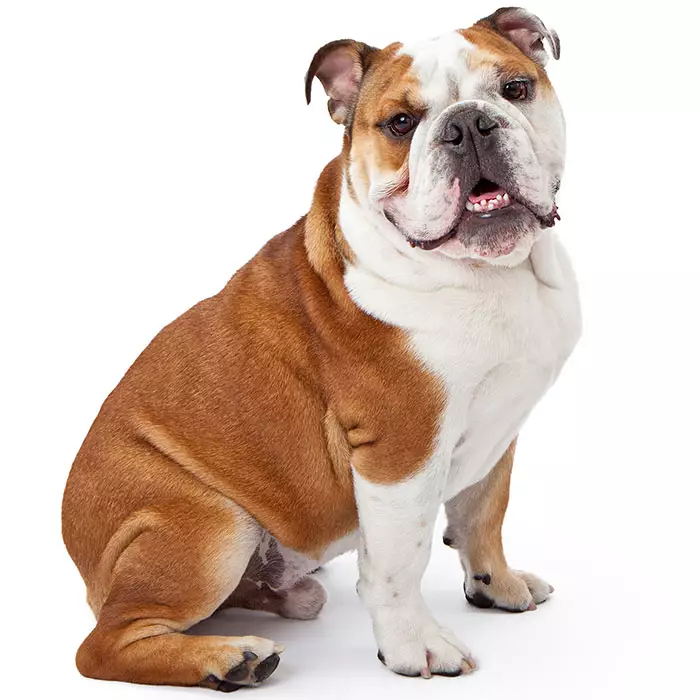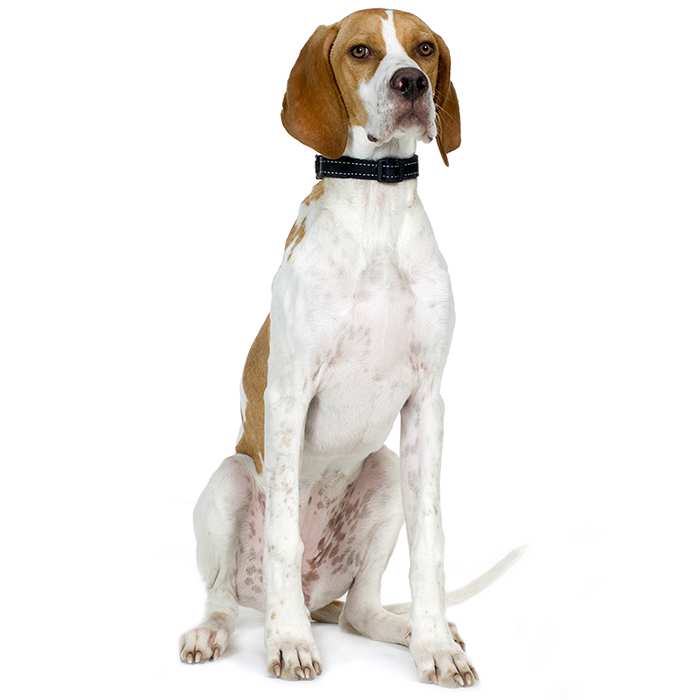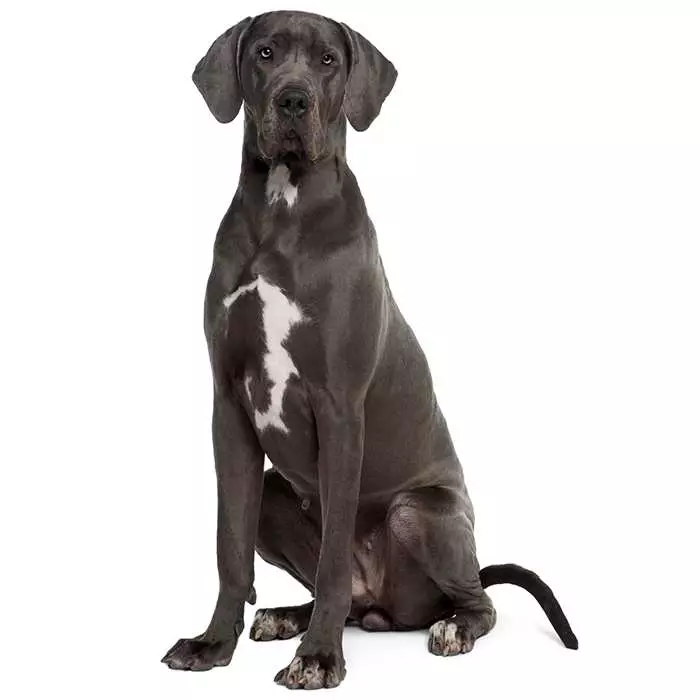Borzoi
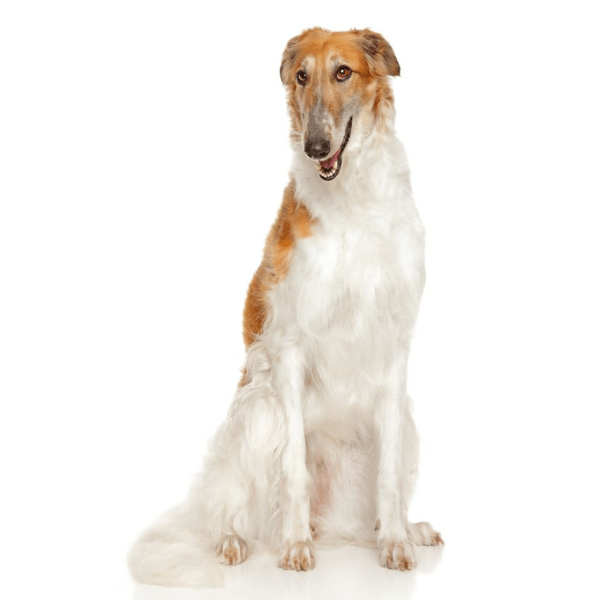

| Recommended for | Families |
| Breed Classification | Hound group |
| Other names | Russian Wolfhound |
| Lifespan | 9 -14 years |
| Size | Large |
| Temperament | Loyal, affectionate, calm |
| Intelligence | Average |
| Tendency to bark | Low |
| Maintenance Level | Medium |
| Health Risk | This breed has an around average probability of having health issues in its lifetime, hence it is one of the more affordable breeds to insure. |
Insuring a Borzoi?
Get our award-winning Nose-to-Tail Cover with up to $30k annual benefit limit, up to 90% of eligible vet bills back, and no sub-limits.
Get a quick quote
Is this breed right for you?
Try our breed selector quiz to find out your best matching breed!
Insuring a Borzoi?
Get our award-winning Nose-to-Tail Cover with up to $30k annual benefit limit, up to 90% of eligible vet bills back, and no sub-limits.
Get a quick quote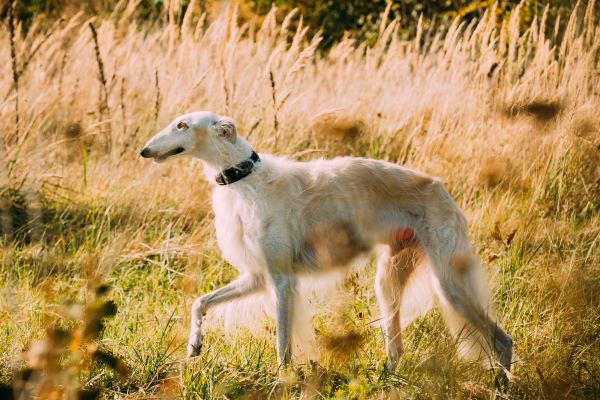
Breed history of Borzois
During the centuries of Romanov rule in Russia, wolf hunting was an all-consuming passion of the nobility. Russian aristocrats maintained huge estates and kept hundreds of Borzoi, developed over centuries to be swift and tough enough to pursue and pin their ferocious quarry.
Only the very best of the hounds were bred, with the purity of the breed being jealously maintained. Borzoi sold for such vast sums that only the very wealthy could afford to purchase them.
With the Russian Revolution came the wholesale slaughter of the Romanov family, their nobles, and their aristocratic hounds. Russian breeding of Borzoi and other national breeds halted for much of the 20th century. If not for a few dedicated breeders from Western Europe who took great risk in going to Russia to rescue breeding stock from the best kennels, the breed might have gone extinct.
In the English-speaking world, the breed name was Russian Wolfhound. In America this changed in 1936, when after a long and spirited debate, the breed was officially rechristened the Borzoi, from the Russian borzyi, meaning ‘swift.’
Australia’s first imports came directly from the Czar in 1898 and were quarantined in the Melbourne Zoo. Australia was generally too hot for Borzoi hunts except in winter, and crossbreeds known as `kangaroo dogs’ were more popular, though a few hunters in cooler Victoria continued to keep Borzoi for coursing kangaroos until the 1950s.
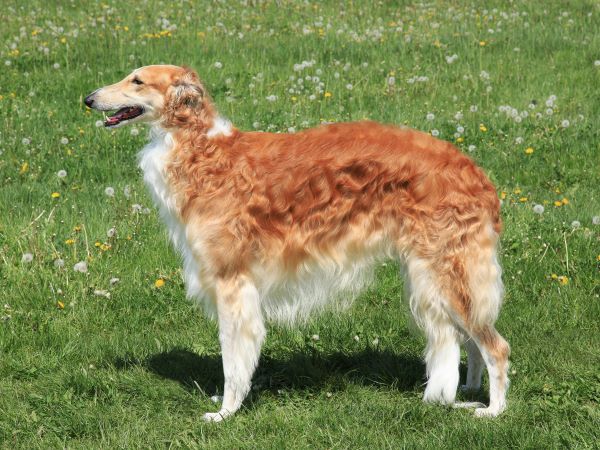
Physical description of Borzois
Borzois are large, elegant, aristocratic looking sight hounds with a long snout. Built to run, they are most impressive when in full stride, flying by with seemingly effortless power.
The Borzoi is renown for having a silky coat that may lie flat, or be wavy or rather curly. Short and smooth on the head, ears and front of legs, the coat is much longer on the body with heavy feathering on backs of legs and hindquarters, tail and chest. The neck carries a large curly frill, more so in males than females.
| Weight range | Males 34 to 47 kg; females 27 to 38 kg |
| Height range | Males 74 cm; females 68 cm |
| Colours | Black, brindle, cream, white or many other colours and patterns |
| Coat length | Long |
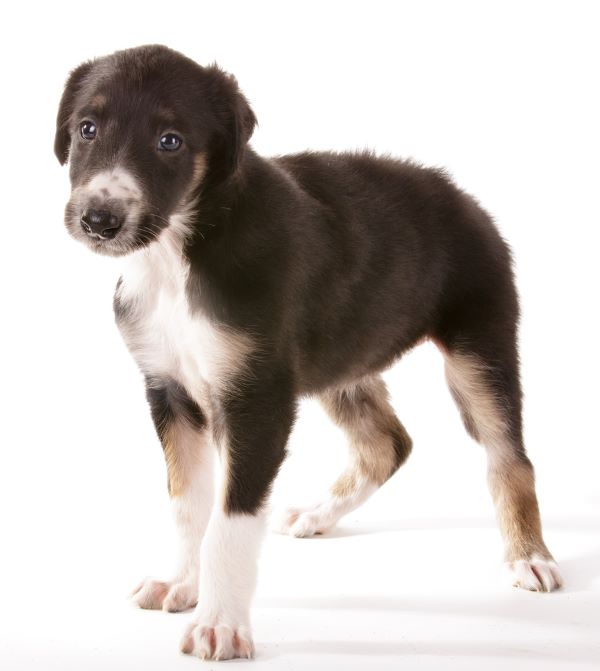
Borzoi personality and temperament
Gentle, friendly, calm and agreeable, in the home Borzois are happy to lounge around and relax. They make great family dogs who are quite attached to their owners and will follow them around and love to curl up with them on the couch.
Loving and affectionate family dogs, Borzoi are nonetheless a bit too dignified to wholeheartedly enjoy a lot of roughhousing. They are a great choice for those seeking a low-key companion. While they can adjust fairly easily to apartment living, they are ideally suited to a house with a fenced-in garden to run in, and where you will find them sunbathing outside from time to time.
This breed is brave, which they needed to be in order to chase larger animals like horses and wolves, as well as smaller ones like foxes and rabbits. While no longer hunters, the sight of a cat or squirrel on the run will quickly stir their pursuit instinct, so going off-leash in public places is not recommended.
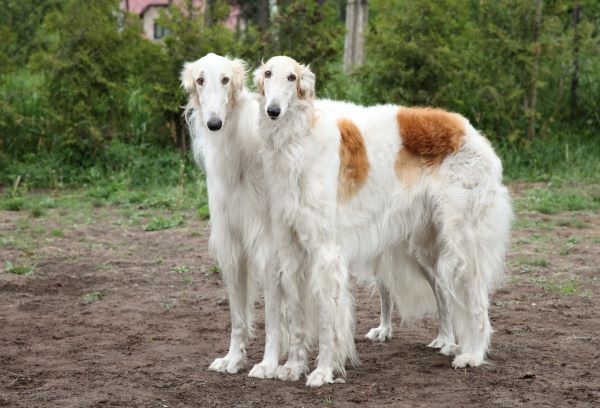
Borzois with kids and other pets
Borzois like company, preferably all the time, from either a human or another dog. They have a sweet, friendly temperament and are happy to be around children of all ages, are open to affection and cuddles, and aren’t big on rough play.
Having two Borzois is a great idea so they can entertain themselves when you are at work. Smaller pets might be problematic, however; Borzoi were bred to chase game, and any small animal that runs may trigger this response. The best way to prevent this is to socialise your Borzoi to other pets while young.
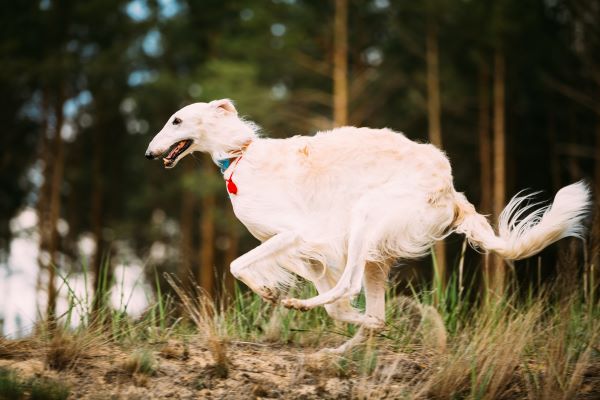
Borzoi training and exercise
Borzois are amazing runners that require large spaces to run; they are happiest when they can run fast for short periods. To witness their full beauty when running, it is best to find a fenced-off area, as once they take on speed not much can stop them.
They need daily exercise, whether in the form of long walks or running in a securely fenced yard. Borzoi enjoy doing activities with their owners and excel in canine sports such as agility and lure coursing.
Because of their strong chasing instincts, it is important to train Borzois from a very young age. They have amazing eyesight and if you take them on walks where there is wildlife around, you may find it extremely hard to hold them back. Your Borzoi will spot the wildlife before you and teaching them to come back is of utmost important.
In their quiet, catlike way they can be stubborn, and training is best accomplished with positive reinforcement, patience, repetition and good humour.
| Energy level | Medium |
| Exercise requirements | Medium |
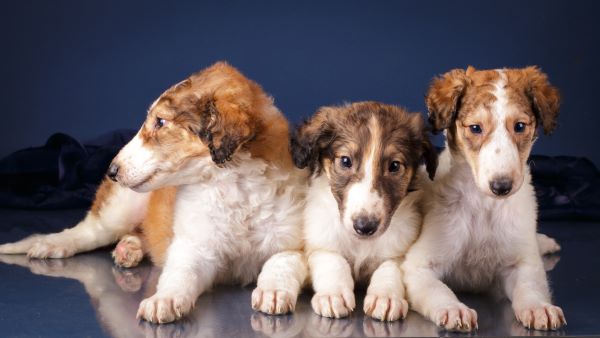
Borzoi feeding and nutrition
The Borzoi should be fed a premium, high-quality dog food appropriate to the dog’s age (puppy, adult, or senior), size and activity level.
Borzoi tend to eat less than one might assume for their size, and they don’t require a huge amount of food. Borzoi puppies consume more food than adults due to their rapid growth.
Because bloat and/or torsion is a concern with this breed, avoid free feeding or feeding just one large meal, and instead split meals, feeding 2 to 3 times a day for an adult dog. Strenuous exercise is not recommended before or after feeding time.
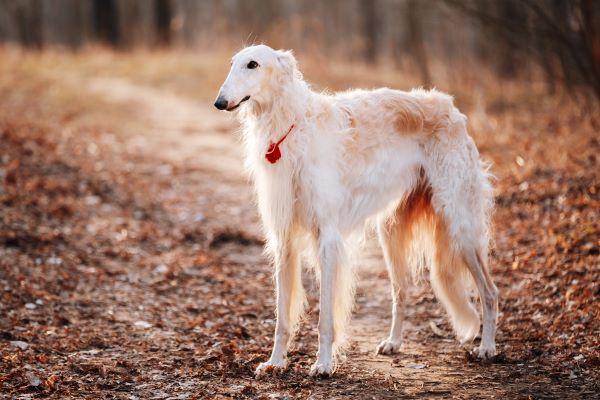
Borzoi care and grooming
The famous Borzoi coat requires some maintenance to keep looking its best. In general, a quick brushing every day or two with a firm bristle brush or a comb will remove any loose hair and dirt from the coat and prevent tangles.
Like any long-coated dog, the Borzoi will shed a bit throughout the year. About once a year the Borzoi will shed more heavily for several weeks, and during this shedding season more frequent grooming is needed.
Because of their size, bathing these dogs might be tricky. Fortunately, occasional baths will keep the Borzoi clean.
Health issues for Borzois
- Gastric torsion, also know as bloat, is a condition that affects large, deep-chested breeds like the Borzoi. A life-threatening stomach condition, it occurs when a gas-filled stomach flips over on itself, twisting the opening to the oesophaegus and intestines.
 Hip dysplasia and Elbow dysplasia are inherited conditions which occur when the ball and socket of the affected joint do not fit together properly. As these conditions can cause painful arthritis in the joint later in the dog’s life, it is essential to begin management and/or treatment of the condition as soon as possible. For elbow dysplasia, surgery may be recommended.
Hip dysplasia and Elbow dysplasia are inherited conditions which occur when the ball and socket of the affected joint do not fit together properly. As these conditions can cause painful arthritis in the joint later in the dog’s life, it is essential to begin management and/or treatment of the condition as soon as possible. For elbow dysplasia, surgery may be recommended.- Osteochondritis Dissecans, which affects the shoulders, can also be a problem for Borzois because of their fast growth rate. It is caused by inflammation and lesions in the shoulder joints, causing swelling, irritation and pain. Symptoms include limping, favouring one paw, swelling and pain when extending a joint. Surgical and conservative treatment options are available.
- Progressive Retinal Atrophy (PRA) describes a group of conditions in which an atrophy or degeneration of retinal tissue occurs. The first sign of progressive retinal atrophy is usually night blindness; this progresses to total blindness over a period ranging from months to years.
- Sighthounds, including Borzoi, are more sensitive to anesthesia than other breeds.
Not all conditions are covered by Pet Insurance. For details of Bow Wow Meow Pet Insurance cover, refer to the Product Disclosure Statement.
Free engraved pet ID tag on sign up3
Customer Satisfaction
21 day cooling off
Easy to use Pet Portal

GapOnly® in vet claims
MORE INFORMATION
Borzoi Club of NSW: https://www.borzoiclubnsw.com/
The Borzoi Club of Queensland Inc: https://www.borzoiclubqld.com/

